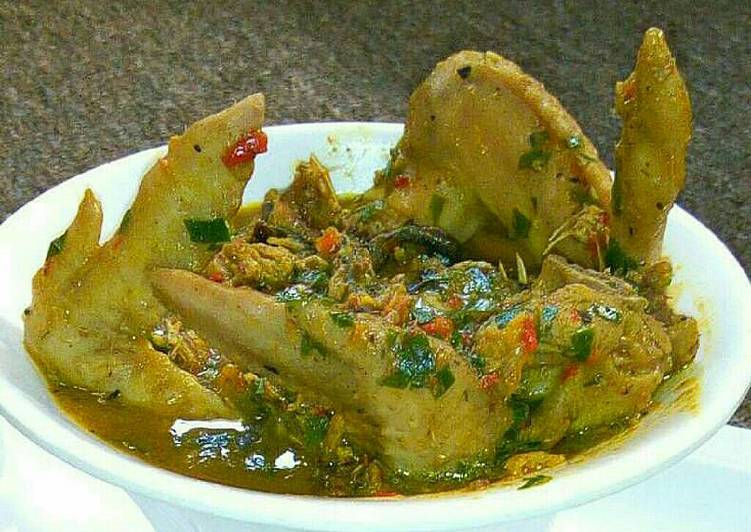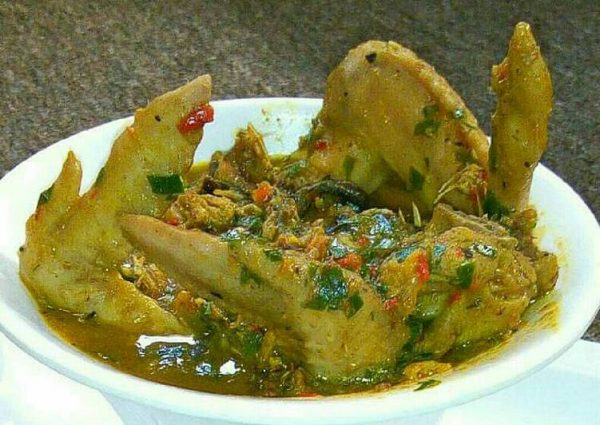Food is a central activity of human beings. It is a global language of communication. It not only satisfies the body, it is a tool for building families, relationships and even communities. Cultural foods represent the traditions of a people. It is one of the most significant trademarks of a culture.[1] The preparation and consumption of cultural foods is an expression of pride in our heritage and ethnicity.
The Omabala (Anglicized Anambra) River from which the state, Anambra, derives its name is a tributary of the River Niger. The Omabala Area refers to people of towns and communities either living on the bank of the Omabala River or those communities whose land share common boundary with the Omabala River.[2] In the pre-colonial and colonial era, the people of this area were largely fishermen and farmers. Their occupational preference at that time was a clear testament of the fact that the environment impacts heavily on every human society.[3]
Ofe Nsala is a mouthwatering delicacy that originates from the Omabala area of Anambra State. This soup is known as white soup because palm oil is not used in its preparation. It is also referred to as fish soup because it is typically prepared with fresh fish and dry fish. The use of chicken in preparing this soup is a recent development. The thickener for ofe nsala is pounded yam. While the cook determines the consistency for this soup, it is pertinent to mention that ofe nsala ndi Omabala is usually slightly thick. Local herbs and spices like uda (Xylopia aethibicum) and utazi (Gongronema latifolium) give this soup its unique flavor. They are believed to possess anti-inflammatory properties. They are also believed to contain properties that are allegedly effective in aiding the easy flow of blood collected in the uterus during pregnancy as well as stimulating milk production.[4] It is therefore a recommended delicacy for postpartum care.
Ofe nsala and nni ji (pounded yam) is a ceremonial food in the Omabala area. It is pertinent to mention at this point that other riverine communities in Nigeria prepare different variations of the soup. The difference, however, lies in the flavouring, seasoning and spicing of the soups. Afia efere, for instance, is the Efik version of ofe nsala. It contains such extra ingredients like periwinkle and stock fish. This variation, in my opinion, proves that while two cultures can share the same food they usually have different methods of preparing it.
Ofe Nsala is easy to prepare. It shares the same ingredients with pepper soup; both are spicy soups that are perfect for cold weather. However, the thicker appearance of ofe nsala is what differentiates it from pepper soup.
[1]Mark Kurlansky, Choice Cuts
[2] Iveanyi Udevi, 67 years, Legal Practitioner, interviewed at Onitsha, 18th March, 2018.
[3] Onwuka Njoku, Economic History of Nigeria (Enugu, Magnet Business Enterprises, 2001).
[4] Ogechukwu Christiana Ezekwem, “Missions and the Rise of the Western Maternity among the Igbo of South-Eastern Nigeria,” (MA Dissertation, Department of History, University of Texas), 15-16.
Featured image source: cookpad.com


